Harry Ransom Center docents are volunteer guides that lead free daily tours of the Center’s exhibitions. In the months leading up to exhibition openings, docents work closely with curators to gain a more complete understanding of exhibition items and content. The docent training process involves readings, discussion, and intense familiarization with the exhibition.
Cultural Compass is conducting a series of interviews to learn more about what excites docents about volunteering at the Ransom Center.
In our first docent interview, we spoke with Sara Gaetjens, a three-year docent who was so inspired by the work of Frank Reaugh, the artist at the center of our current exhibition, Frank Reaugh: Landscapes of Texas and the American West, that she and her husband took a road trip to photograph scenes that Reaugh captured in his artwork.
Gaetjens, a native of Austin, taught high school English for 32 years. After retiring from a position at Westwood High School, where she taught Advanced Placement and International Baccalaureate classes to juniors and seniors, she was looking for a new place to share her love of learning with others. For Gaetjens, the docent position at the Ransom Center seemed the perfect fit.
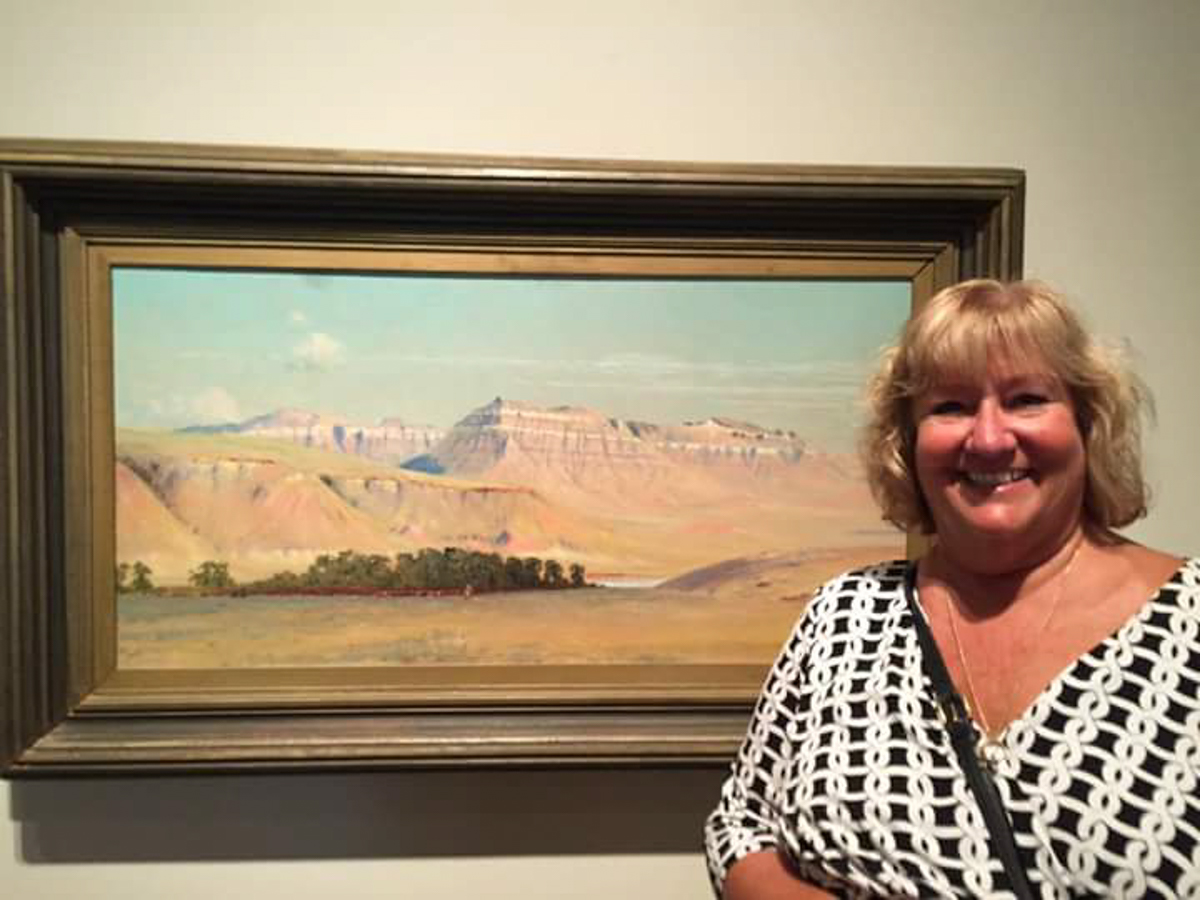
How long have you been a docent at the Ransom Center?
I just began my third year as a docent. In that time I have studied Magnum photography, The World at War, 1914-1918, The Making of Gone With The Wind, Alice’s Adventures in Wonderland, Frank Reaugh, and of course, the Gutenberg Bible and the first photograph in nature.
What has been your favorite visitor interaction so far?
A couple from San Antonio collects Reaugh’s artwork and has visited the galleries twice. They came back because they were so amazed by this extraordinary collection assembled by curator Peter Mears. Their most recent personal acquisition of Reaugh’s work was a small pastel painting with both cattle and mountains in the distance.
What is a surprising, important, funny or cool thing that you learned about Frank Reaugh and his time that stuck out to you in particular?
Lucretia Donnell Coke was a student of Frank Reaugh. She also gave art lessons. One woman on a tour, Nina, recalled taking a lesson when she was in fifth grade. She described a time when Coke loaded up her car with five fifth grade girls. When they got to the sketching site, Coke pulled easels and stools out of her trunk and set the girls up. She then began to sketch, describing for her young learners what she was doing, modeling (in the teaching sense) at its finest.
Has learning about Reaugh led to any new passions or interests?
The interactive map in the Ransom Center gallery led my husband and me on a 1,318 mile trip in August in Frank Reaugh’s Footsteps. (We referred to it as “Sis and Jock’s Hot as Hell West Texas Tour!”) From south of San Angelo, north to Amarillo, with stops in between at Tule Canyon, Caprock Canyons State Park, and the Panhandle Plains Museum in Canyon, we photographed scenes Frank Reaugh had captured in his artwork.

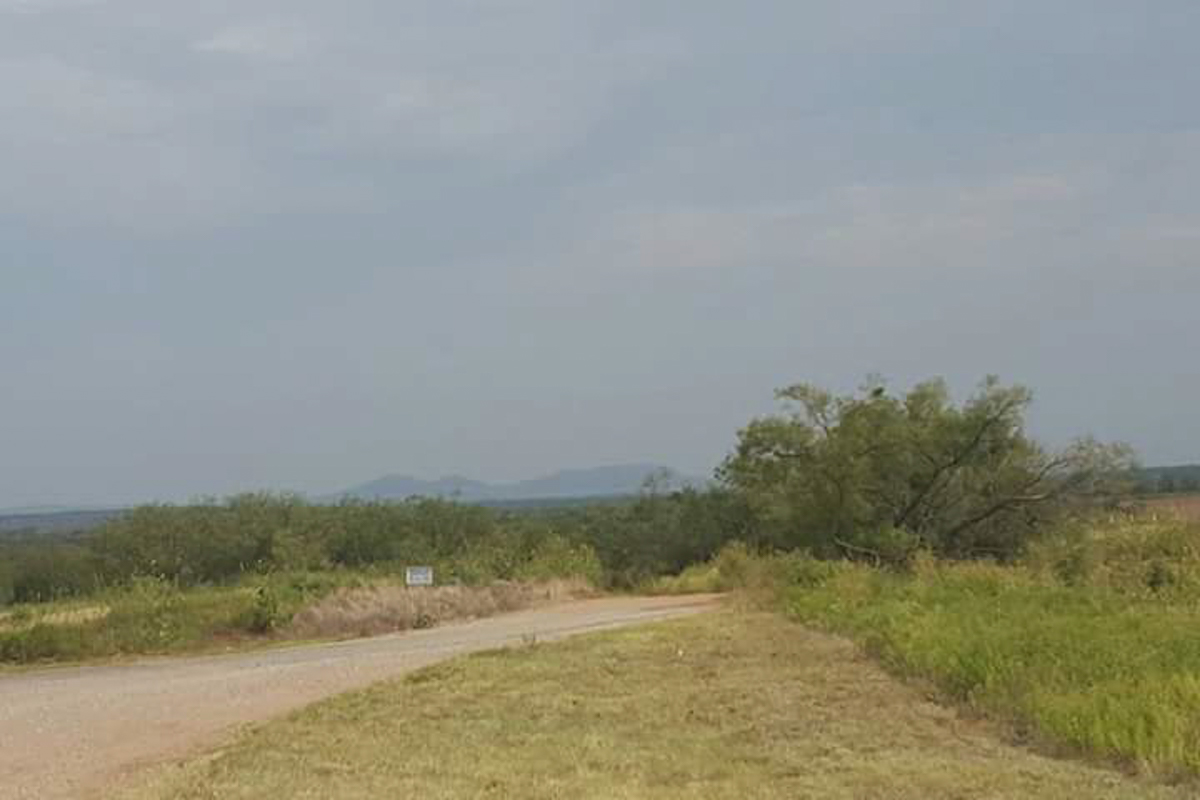
Some things I learned:
– Except alongside cotton fields, barbed wire lined every road—no matter how small—we were on.
– Air conditioning is wonderful. I don’t know how Reaugh did his August / September sketch trips without it.
– Reaugh deliberately selected the distance from peaks to give them that lovely purplish-blue color.
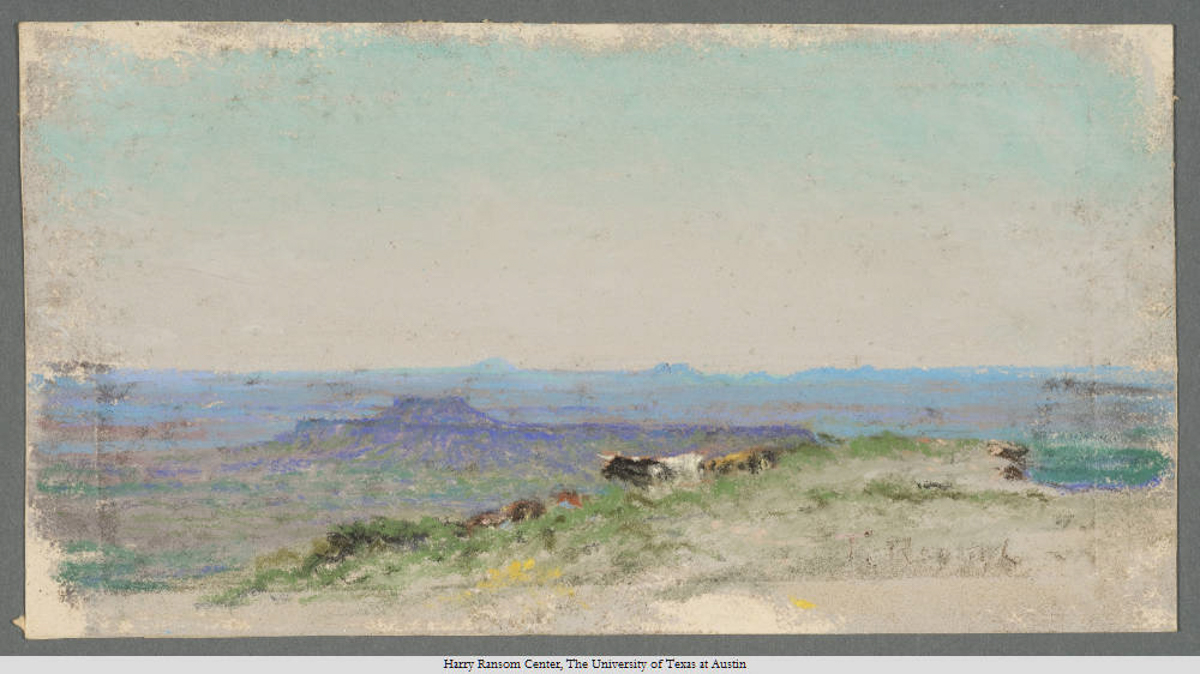
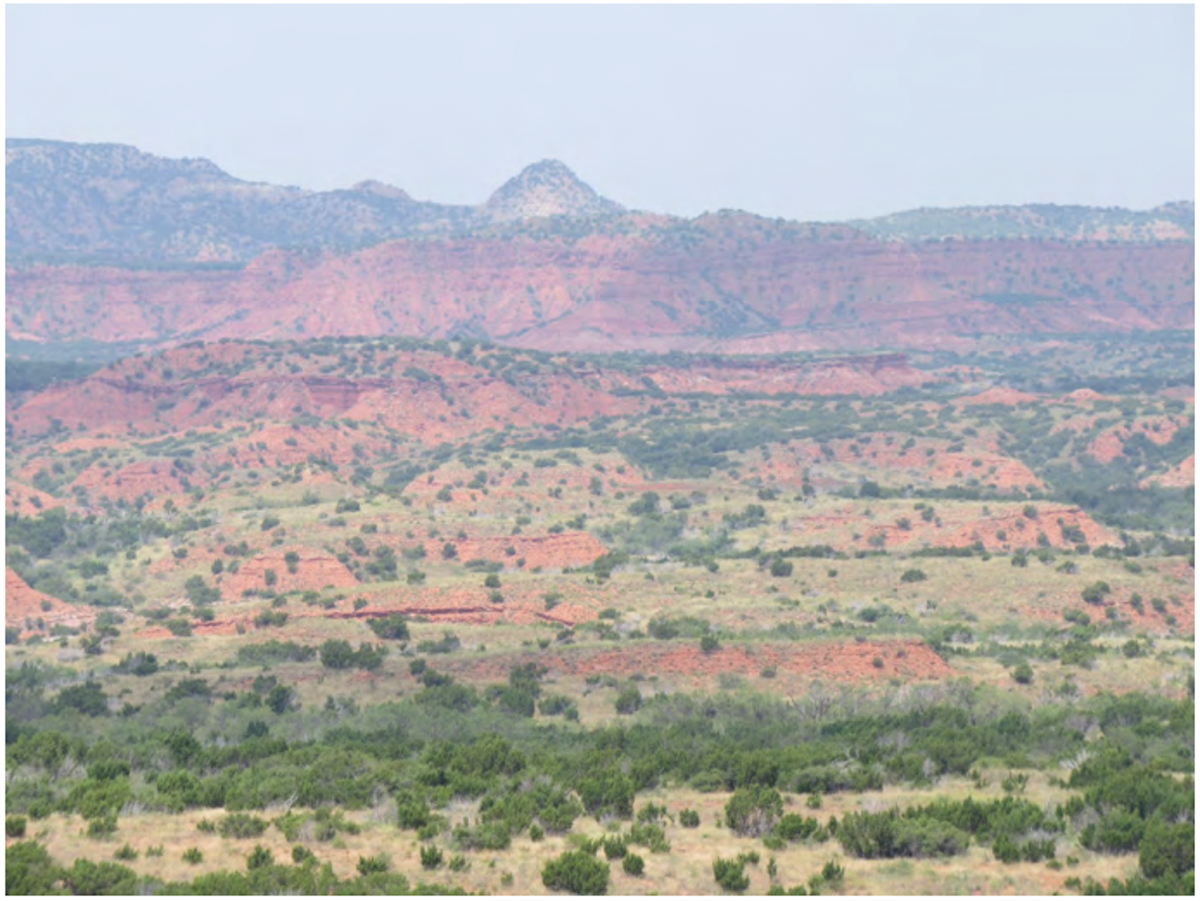
What is your favorite item on display in the Frank Reaugh exhibition?
My favorite Reaugh piece is The Herd Moves On. As the last work in Twenty-four Hours with the Herd, for me it epitomizes the opening Reaugh quotation: “It is my hope that my pictures portraying those times, aside from any artistic merit that they may possess, will tell their story, and will be preserved because of historical value; for the steer and the cowboy have gone, the range has been fenced and plowed, and the beauty of the early days is but a memory.” Without Reaugh’s work today we could not see his “illimitable distance” to the horizon of Texas unmarked by man’s presence. Barbed wire, power lines, and windmills scar the landscape.
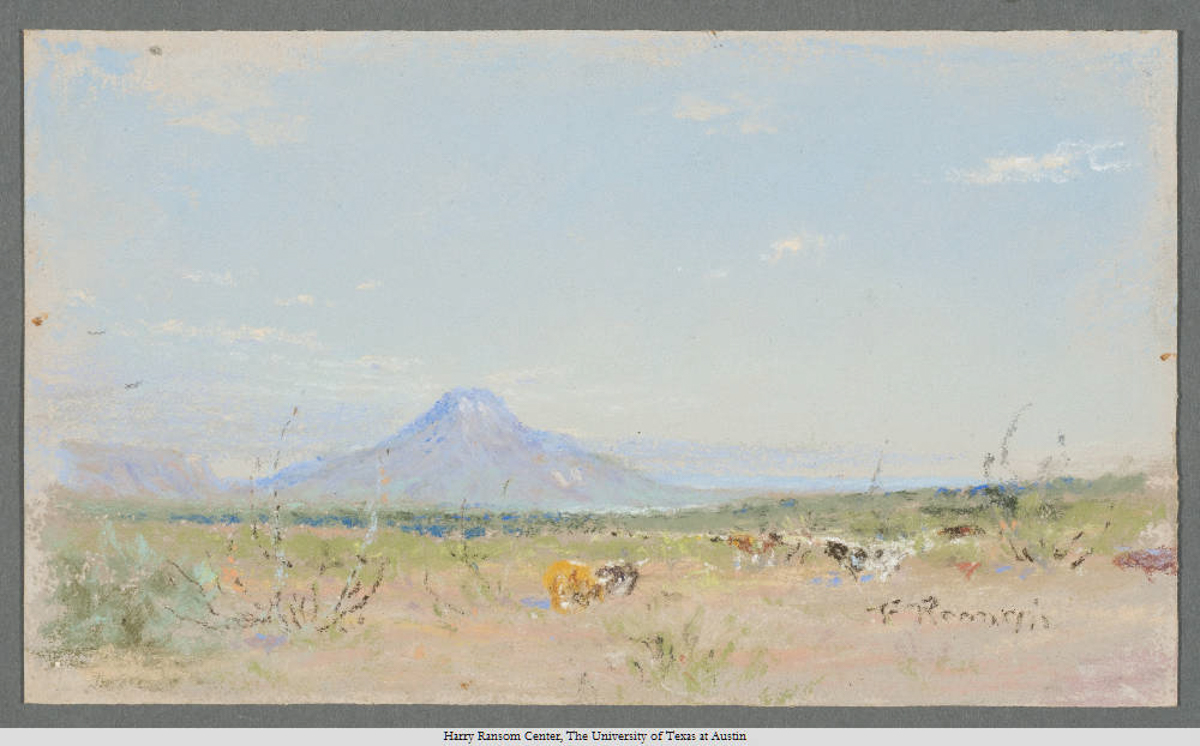
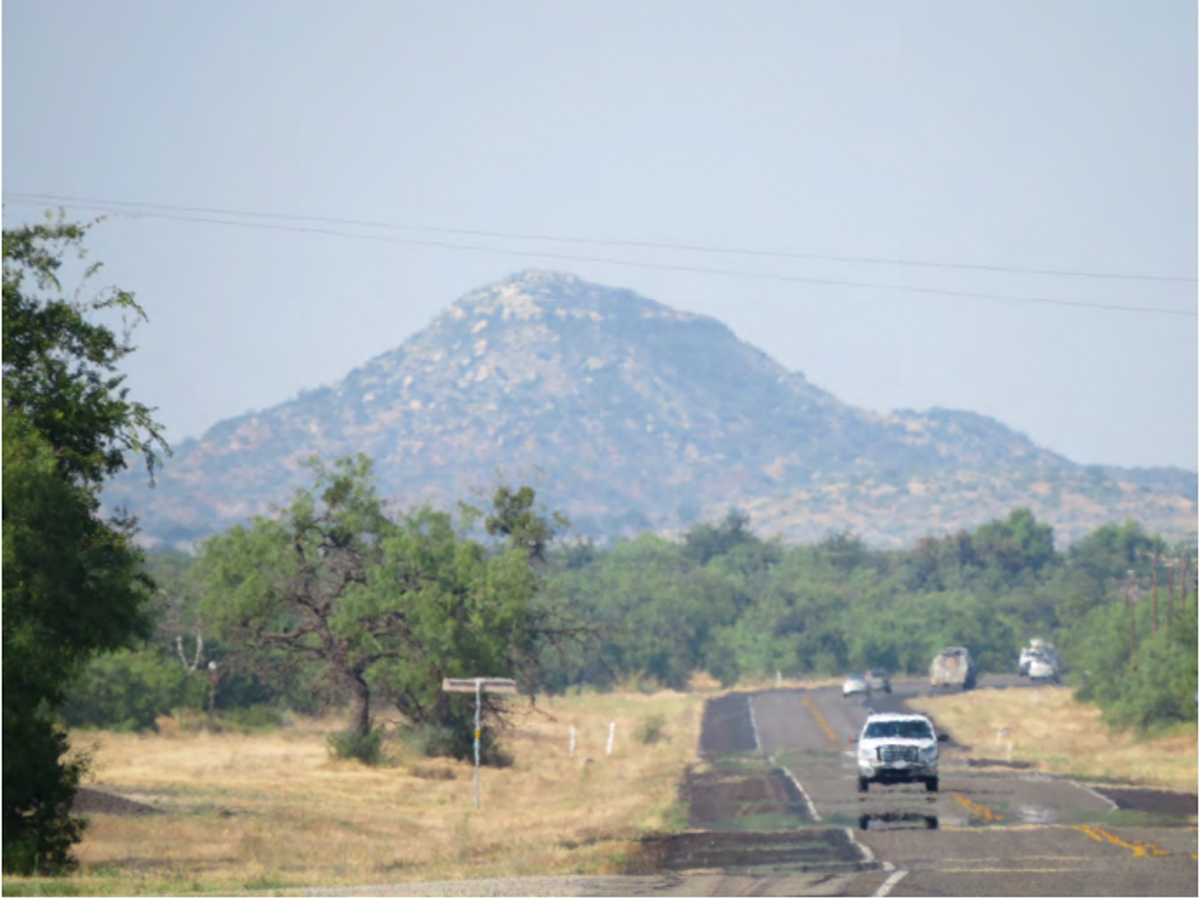
Which Ransom Center collections most appeal to you?
My favorite collection at the Ransom Center is whatever is in the next exhibition!
